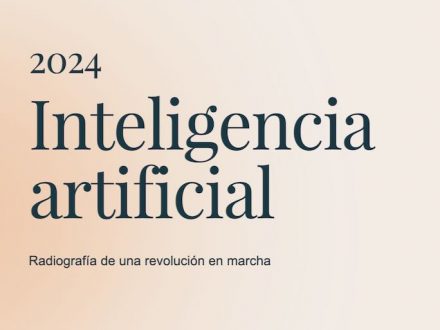80% of Banks Already Use AI to Optimise Internal Processes

Eight out of ten banking institutions already use artificial intelligence to optimise their internal processes. According to Minsait’s Ascendant report, 56% use it for transaction processing and 48% for improving the personalisation of services.
Artificial intelligence (AI) has established itself as a key tool in the digital transformation of the banking sector. Eight out of ten institutions already use it to optimise internal processes and improve operational efficiency, according to the Ascendant report by Minsait (Indra Group). Entitled ‘AI: Radiography of a revolution in progress’, the study analyses how AI is being adopted in private companies and public institutions.
56% of banks are focusing their efforts on optimising transaction processing, applying AI to automate applications and read documents. In addition, one in three organisations is using it in risk management and compliance, with use cases in fraud detection, credit alert analysis and money laundering prevention.
Cybersecurity is also a key area, with 38% of organisations using AI to detect threats and analyse suspicious behaviour patterns.
AI and personalisation of banking services
Beyond internal optimisation, AI is revolutionising the customer experience. Forty-eight percent of firms say that one of their main motivations for adopting AI is to improve user knowledge and personalise the user relationship.
Thanks to artificial intelligence, institutions are developing more personalised business models, allowing customers to access financial services that were previously reserved for private or corporate banking.
With detailed analysis of users’ habits, banks can anticipate their needs and offer proactive solutions, resulting in increased loyalty and retention.
Barriers to full adoption of AI in banking
Despite progress, the sector still faces challenges to full AI integration:
- Regulation and standards: The lack of a clear regulatory framework slows down the adoption of AI in critical processes.
- Technological infrastructure: Not all entities have adequate technological resources for large-scale AI implementation.
- Shortage of specialised talent: The demand for AI and data analytics professionals exceeds the current supply, limiting the capacity for technological expansion.
AI: a strategic asset for the banking industry of the future
Banking is laying the foundations for scaling AI in its operations and turning it into a strategic asset within its business model. According to Minsait, in the coming years, AI will cease to be just a technological improvement and will become a transversal element in the entire value chain of the financial sector.
‘The banking sector is experiencing a particularly dynamic situation due to economic, political and social factors, which has an impact on the need for profound transformations in business processes in order to maintain competitiveness and adapt, among other things, to the demands of end consumers and the need to make these processes more efficient. Growing inflation and changes in consumer habits have prompted financial institutions to accelerate their innovation strategies,’ said Juan Ignacio Fernández Pérez, Director of Financial Services and Insurance at Minsait.